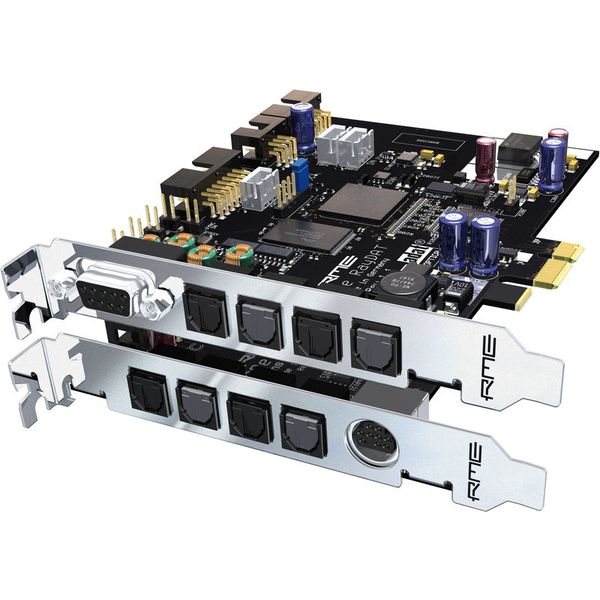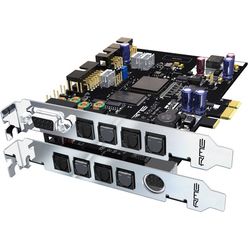Tarjeta PCIe ADAT/AES de 72 canales
- 24bit/192kHz
- 4 entradas y salidas ADAT (hasta 192kHz a través de S/MUX4)
- Entradas y salidasS/PDIF (hasta 192kHz)
- Entradas y salidas AES/EBU (hasta 192kHz)
- 2 entradas y salidas MIDI
- Hasta 72 canales simultáneos de entrada y salida
- Compatible con Windows (2000, XP y Vista 64) y Mac OS X (Intel)
Disponible desde
Mayo 2008
número de artículo
208766
Precio por
1 Unidad(es)
Convertidor
24 bit/192 kHz
Entrada de micrófono
0
Alimentación Phantom
No
Entrada de instrumento
0
Entrada de línea
0
Entradas digitales
ADAT, AES, S/PDIF
Interfaz MIDI
Sí
SYNC
Sí
Salidas analógicas
0
Salidas digitales
ADAT, AES, S/PDIF
Conexión para auriculares
No
Zero Latency Monitoring
Sí
Esto compraron clientes que vieron este producto
-
RME Interfaz PCI Express mostrar
-
Indicar Interfaz PCI Express en gama de precios de 500 € - 1000 €
-
al grupo de productos Interfaz PCI Express
-
al grupo de productos Interfaces de audio
-
al grupo de productos Equipo de estudio y recording
-
Mostrar información del fabricante de RME
-
RME Equipo de estudio y recording vista general














